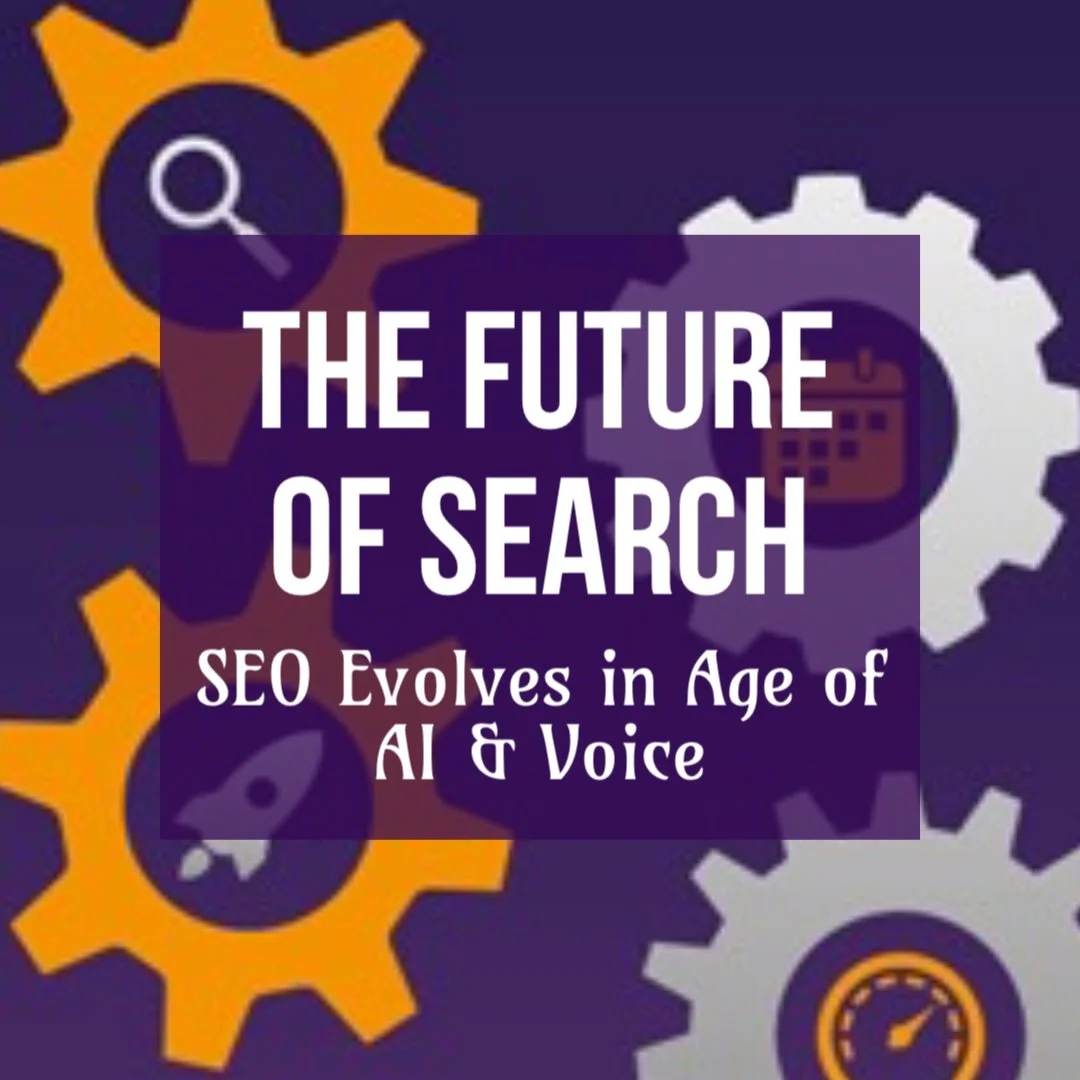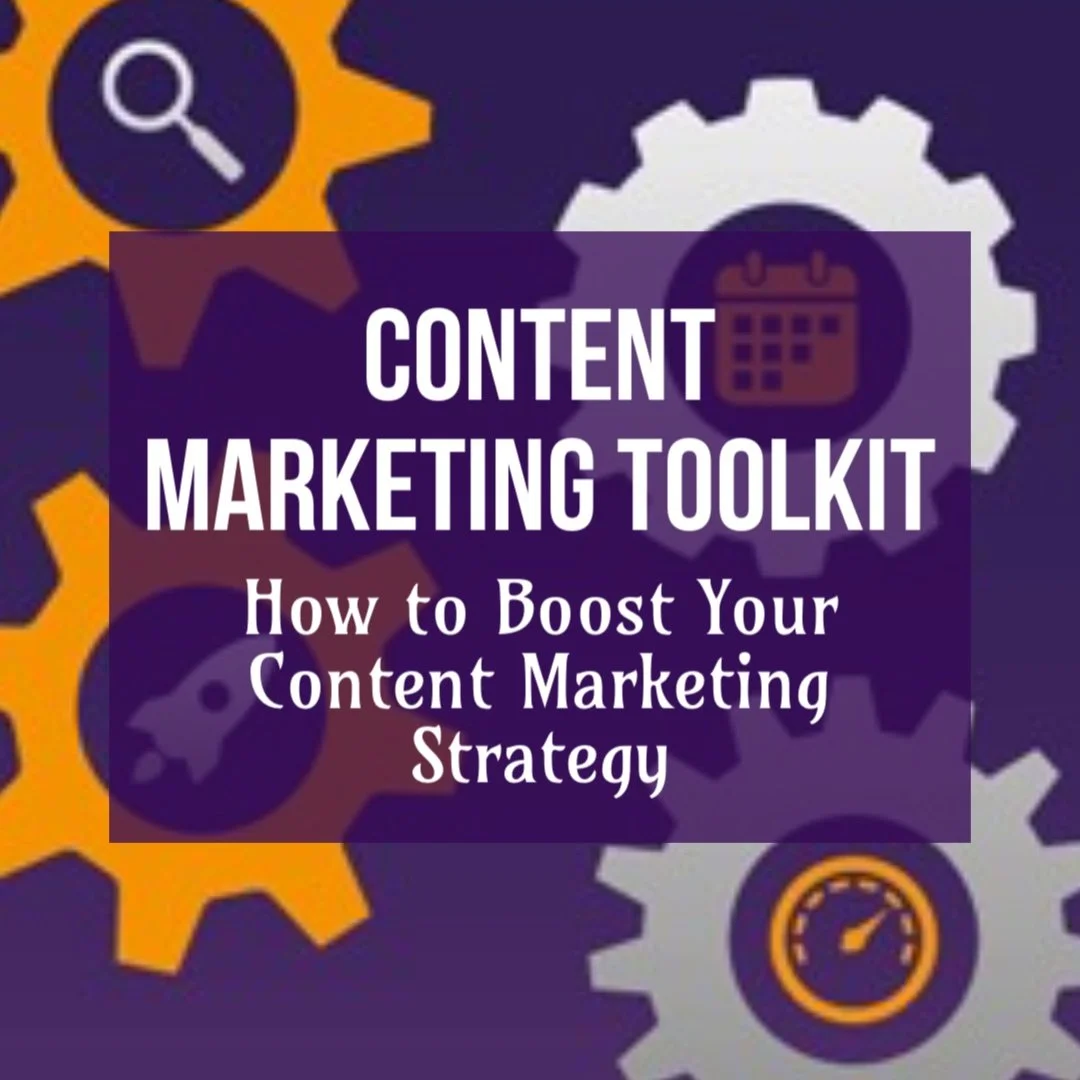GEO & AEO: Boost Your Visibility in AI Search
/Discover how to structure, optimize, and refresh content to increase your chances of being cited by ChatGPT, Google AI, and other answer engines.
By Michelle Segrest, Navigate Content Marketing
Content marketing is evolving at breakneck speed.
Search engines are no longer the only gateways to information. Instead, people are increasingly turning to AI-powered platforms like ChatGPT, Google AI Overviews, Gemini, and Perplexity to find instant answers.
This shift means your content strategy must adapt. Traditional search engine optimization (SEO) is still important, but it’s no longer enough. Now, marketers need to think about Generative Engine Optimization (GEO) and Answer Engine Optimization (AEO)—strategies designed to help your content surface in AI-driven responses.
If SEO was about being seen, GEO is about being the answer.
What Are GEO and AEO — And Why They Matter for Content Marketers
Before diving into tactics, it’s important to understand what these new terms mean—and how they overlap with traditional SEO.
Defining Generative Engine Optimization (GEO) — Best for AI-driven search visibility
GEO focuses on optimizing content for generative AI systems that analyze, synthesize, and present answers rather than simply listing links. Unlike traditional SEO, which relies heavily on keyword rankings, GEO emphasizes:
Clear context and semantics
Concise, structured explanations
Comprehensive coverage of topics
What Is Answer Engine Optimization (AEO)? — Best for AI answer citations
AEO is a subset of GEO that zooms in on getting your content cited or referenced in AI-generated answers. When someone asks ChatGPT or Google AI a question, the system often pulls from external sources. AEO ensures that your content is one of those trusted references.
Why GEO / AEO Are Becoming Essential for Content Marketers
As AI continues to change how users interact with search, visibility is moving from the traditional “10 blue links” toward conversational answers.
Traffic shifts: More queries are resolved inside AI platforms, reducing click-throughs.
Trust signals: Freshness, credibility, and authority are critical to being cited.
Competitive advantage: Early adopters of GEO / AEO will own a new space in digital visibility before the landscape matures.
Core Principles & Best Practices for GEO / AEO
Once you understand the “why,” it’s time to master the “how.” These principles elevate your content to have AI-worthy clarity, authority, and structure.
Answer First — Then Explain
AI systems look for clear, concise statements to quote. Begin articles, sub-sections, or FAQs with a direct answer in one or two sentences. Then expand with detail, examples, and context.
Use Conversational, Question-Based Keywords
Instead of optimizing only for short keywords like “content tools,” focus on natural language queries such as “What are the best tools for content marketing?” or “How do I optimize my blog for AI engines?”
AI systems are trained on conversational data. Aligning with that style improves your chance of being selected as the answer.
Structure Your Content for AI Readability
Generative engines prioritize content that is easy to parse:
Use clear H2 and H3 headings for logical flow.
Break down explanations with bullet points and numbered lists.
Add schema markup like FAQ, Q&A, or HowTo to signal structure.
Authoritativeness, Freshness & Source Signals
AI engines reward E-E-A-T: Experience, Expertise, Authoritativeness, and Trustworthiness. To stand out:
Keep content up to date with fresh statistics.
Cite credible sources, studies, or industry data.
Publish under expert bylines where possible.
Tactics to Increase Your Chances of Being Cited by AI
Tactics translate principles into action. Here’s how to put GEO / AEO into practice today.
Create Comprehensive, Depth-First Content — Best for pillar pages
Cover topics broadly and deeply. For example, if you’re writing about “content marketing tools,” include categories like planning, writing, SEO, visuals, analytics, and social media. This helps AI engines pull answers from your article across different subtopics.
Content clusters—pillar pages supported by related posts—also strengthen your site’s authority.
Optimize Metadata & Snippets for AI
Your title tags and meta descriptions should be precise, conversational, and aligned with likely queries.
Example: Instead of “AI and SEO,” try “How to Optimize Content for AI Answer Engines (GEO / AEO)”.
Add structured data to explicitly mark up FAQs and Q&As, increasing your chances of being used as a direct answer.
Monitor Citation & Prompt Behavior For Best SEO Results
Track when and how your content gets cited in AI-generated answers. Some platforms are beginning to show “source cards” or “references.” Tools like SEO suites, analytics plugins, or even manual testing can reveal how your content is appearing.
Once you see which queries trigger citations, refine your content to better match those user intents.
Common GEO/AEO Misconceptions & Pitfalls to Avoid
As with any emerging strategy, GEO / AEO comes with myths and traps. Here are some to sidestep.
“GEO / AEO Means No More SEO”
Traditional SEO is still vital. Link-building, user experience, and technical SEO provide the foundation. GEO and AEO build on that foundation by shaping content for AI responses.
Over-Optimization & Keyword Stuffing
AI systems detect unnatural patterns. Stuffing a blog with repetitive “answer engine optimization” phrases won’t work. Instead, focus on semantic richness—using synonyms, context, and natural phrasing.
Chasing Every AI Platform
Not all AI platforms will drive traffic equally. Start by focusing on the biggest players—Google AI Overviews, ChatGPT, and Perplexity. Then expand as others grow.
Measuring Success in GEO / AEO
How do you know if your efforts are working?
Citation / Mention Rate — Best for AI visibility tracking
Track how often your content appears as a cited source in AI answers. Some platforms are experimenting with explicit “citation cards.” Third-party tools and SEO dashboards are beginning to add AI citation tracking.
Referral Traffic & Click-Throughs
Measure the clicks you get when users move from an AI-generated answer to your site. Even if AI gives away part of the answer, strong calls-to-action can drive traffic.
Engagement & Conversion Metrics
Once visitors arrive, monitor time on page, bounce rate, and conversions. GEO / AEO isn’t just about visibility—it’s about turning that visibility into action.
Future Outlook & What Comes Next for SEO
The evolution of GEO / AEO is just beginning, but the trajectory is clear.
Search built on language models: Expect platforms to deliver entire answers, not just snippets. Content must be structured for conversational retrieval.
Platform fragmentation: Different AI systems (ChatGPT, Gemini, Perplexity) will pull from sources differently. A flexible approach is key.
Agent-based search: Tomorrow’s AI may perform multi-step research tasks. Content that provides layered explanations will be especially valuable.
Dedicated GEO tools: Emerging startups are already offering platforms that analyze your content for AI-readiness. Expect more solutions in this space.
Why GEO and AEO Are the Future of Content Marketing
Generative and Answer Engine Optimization aren’t just new buzzwords—they represent a fundamental shift in how content is discovered and consumed and are the natural evolution of digital visibility. Just as SEO transformed marketing in the 2000s, GEO and AEO will define success in the 2020s.
By embracing answer-first writing, structuring content for AI readability, and maintaining authority and freshness, you can ensure your brand doesn’t just compete in search but thrives in the age of AI-powered discovery.
The rules of the game are changing. The time to optimize for answer engines is now.


















